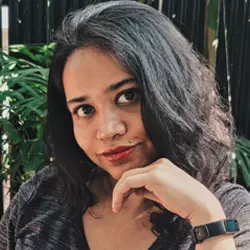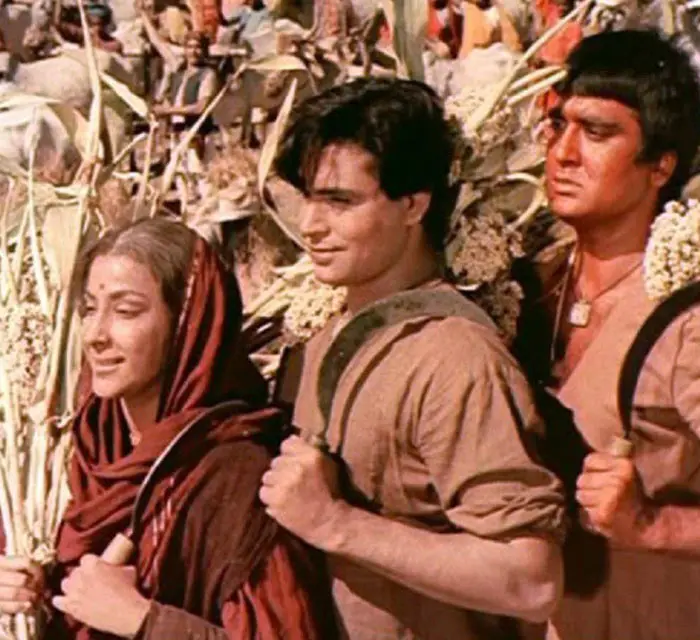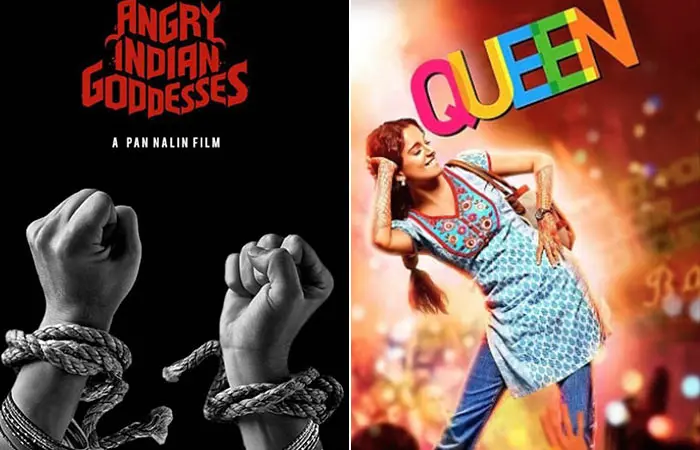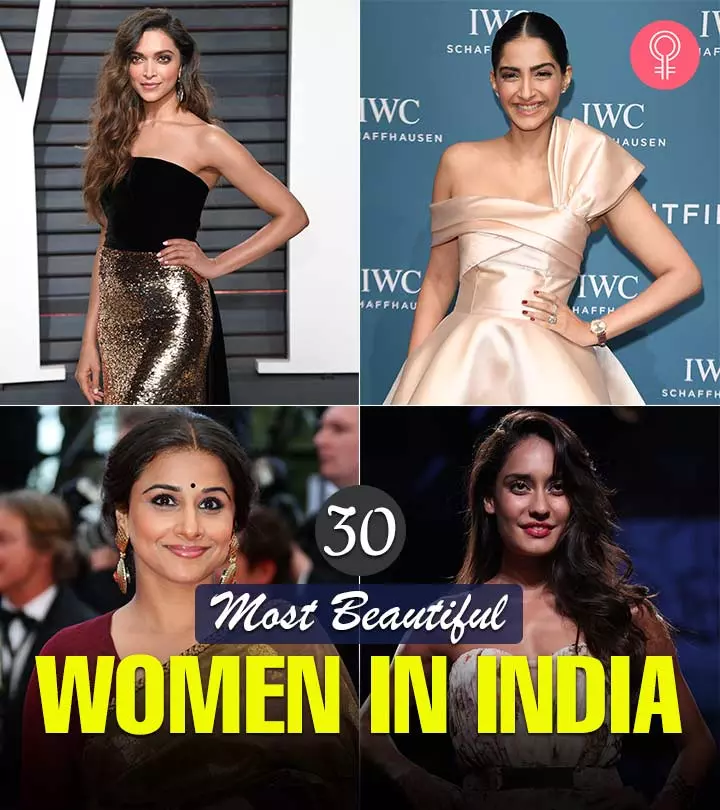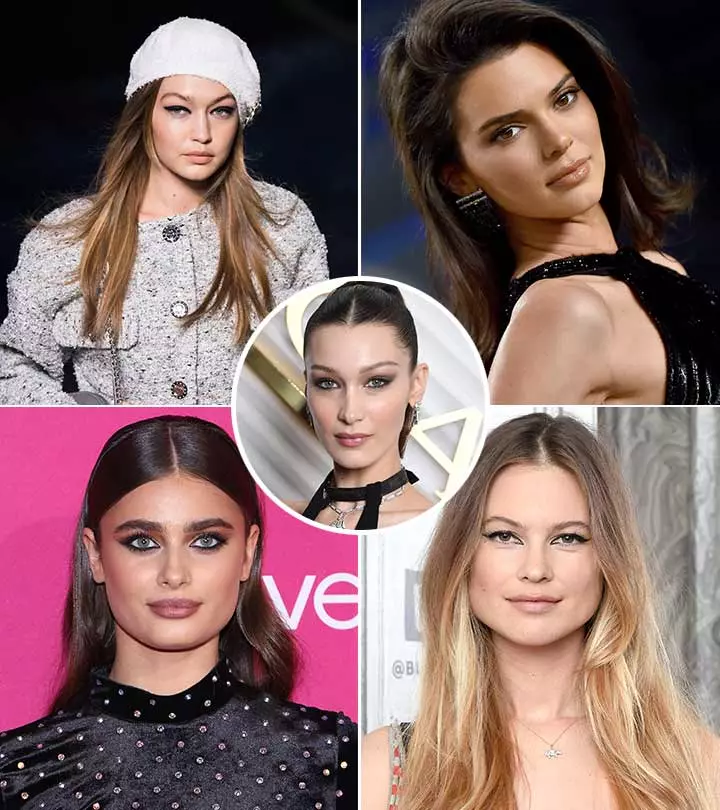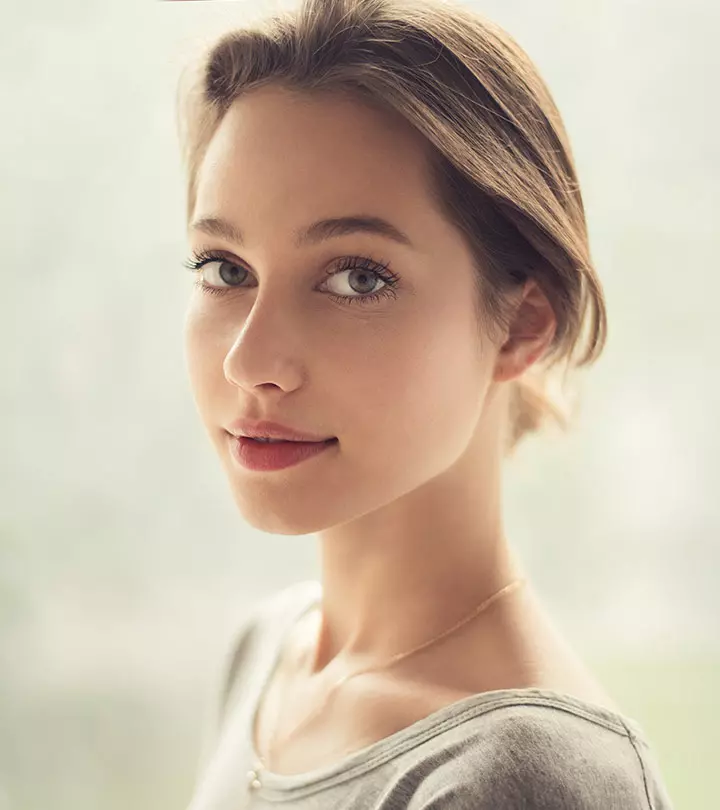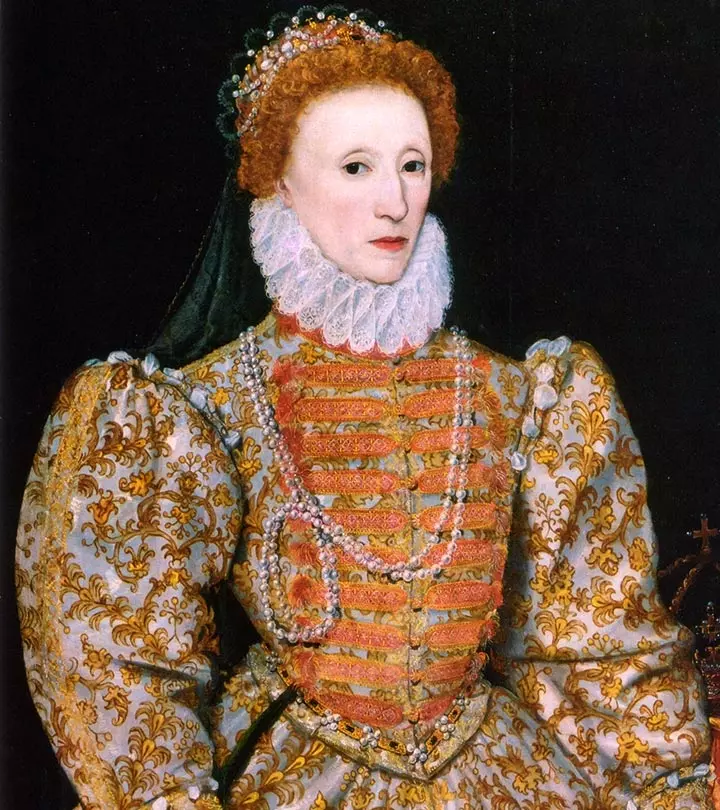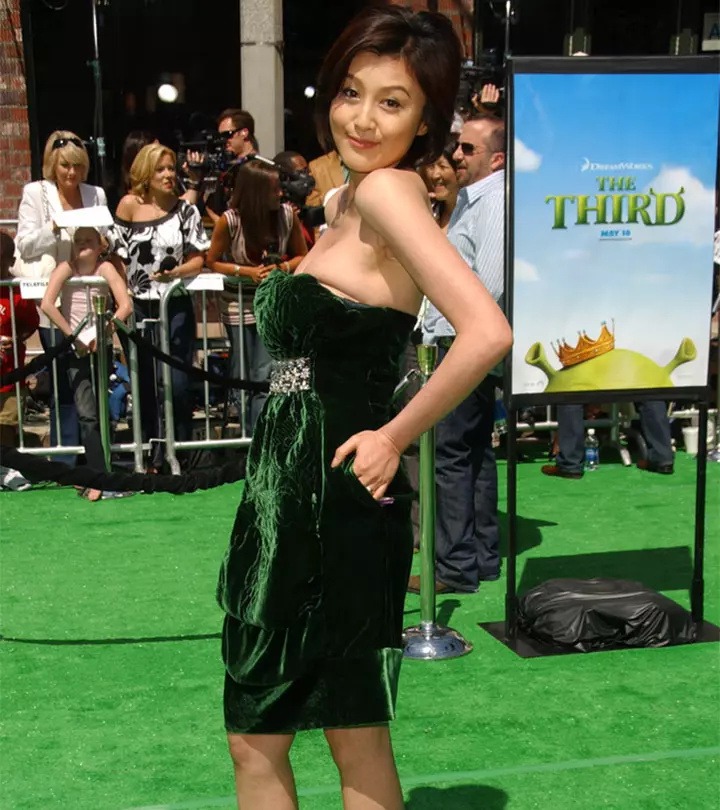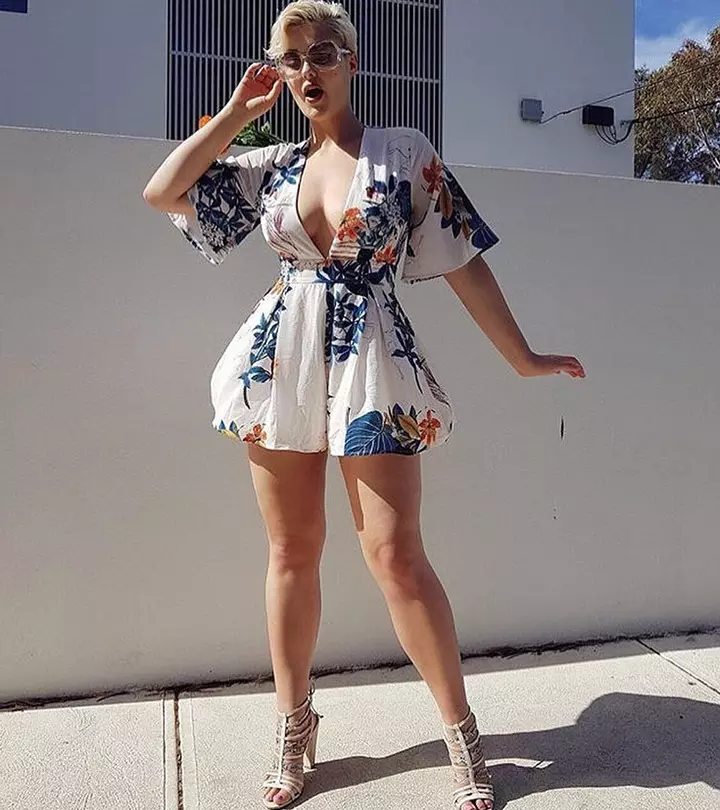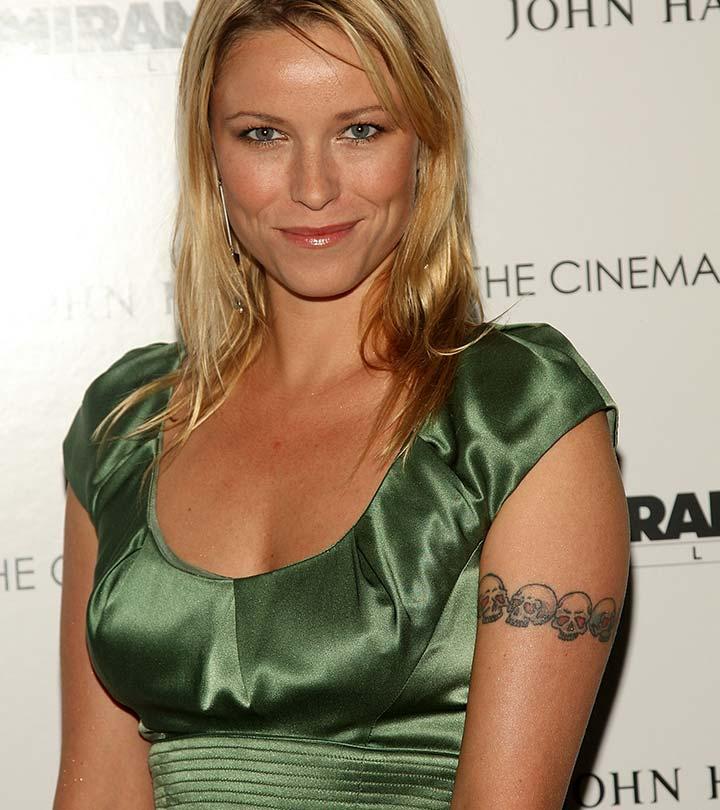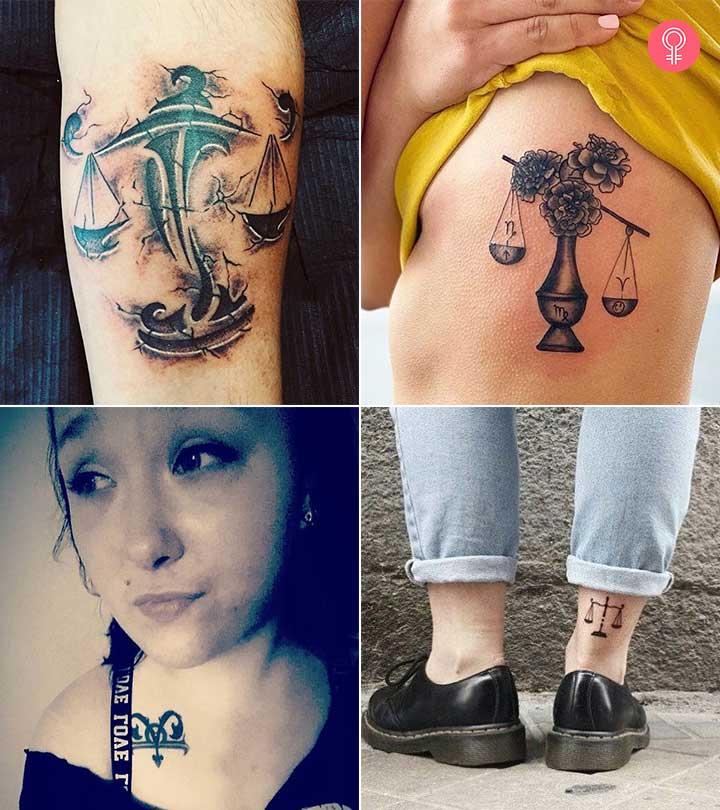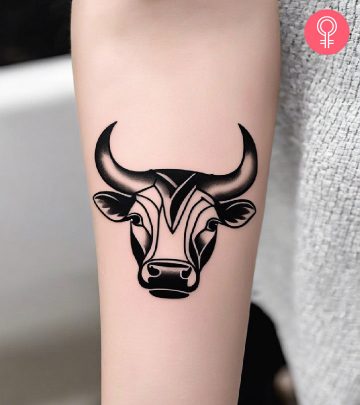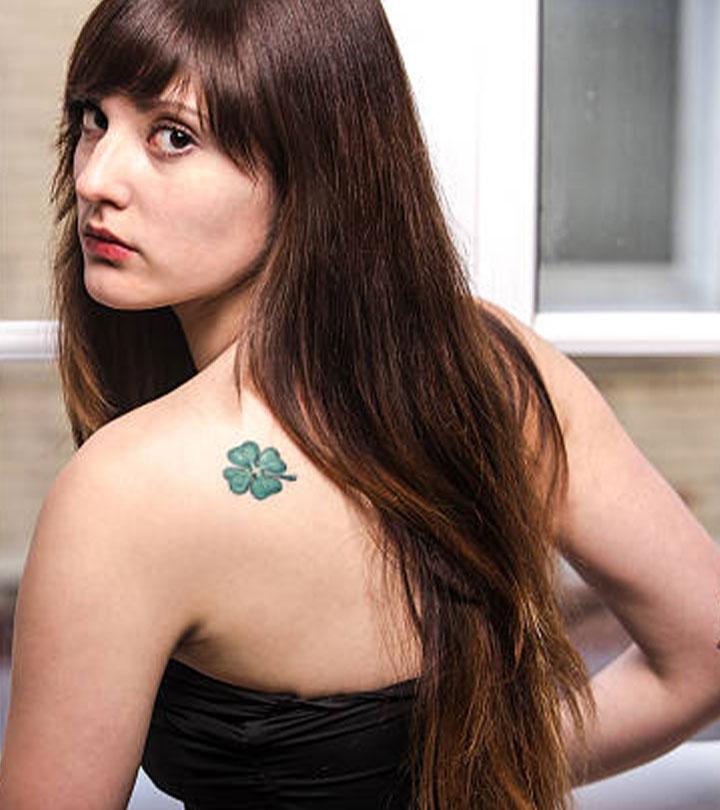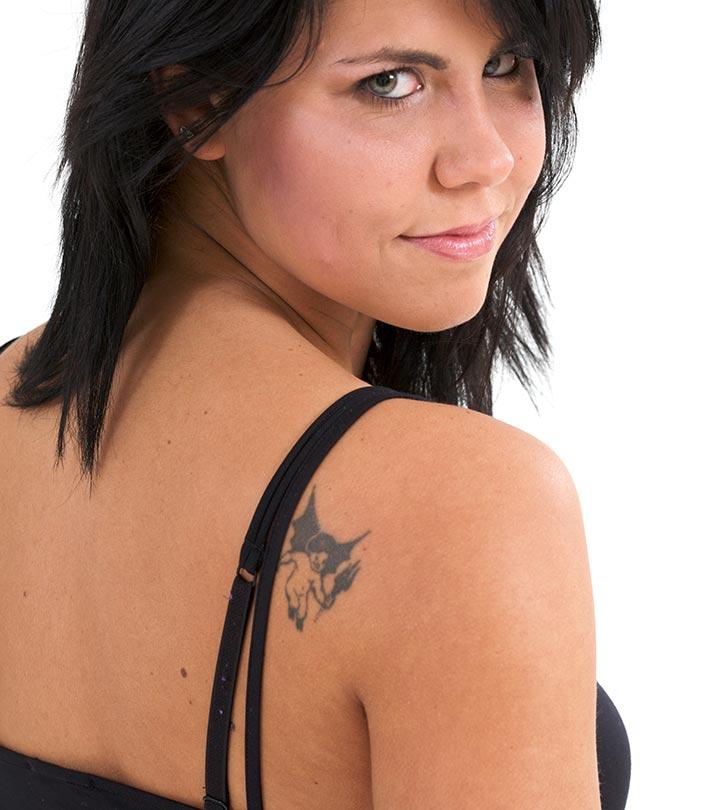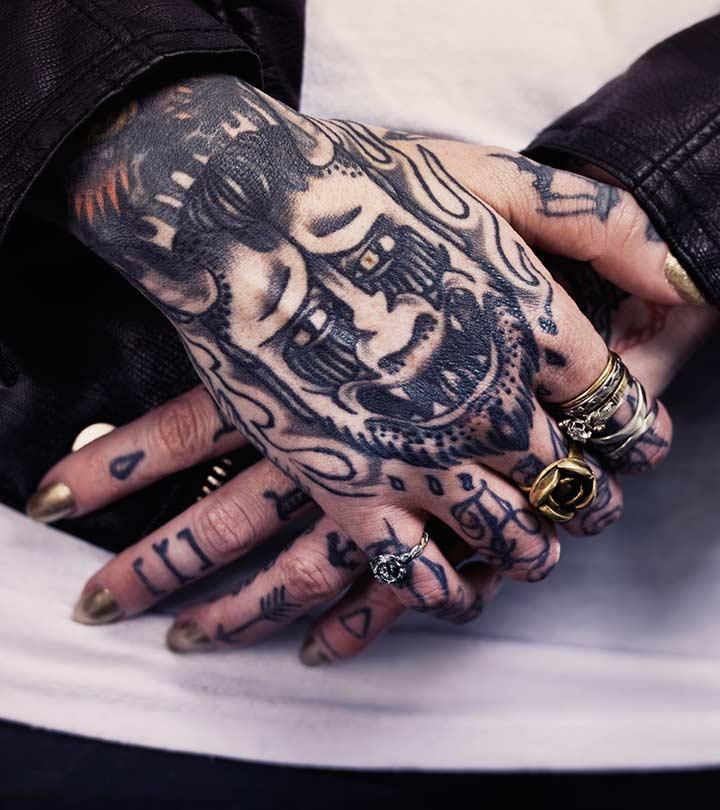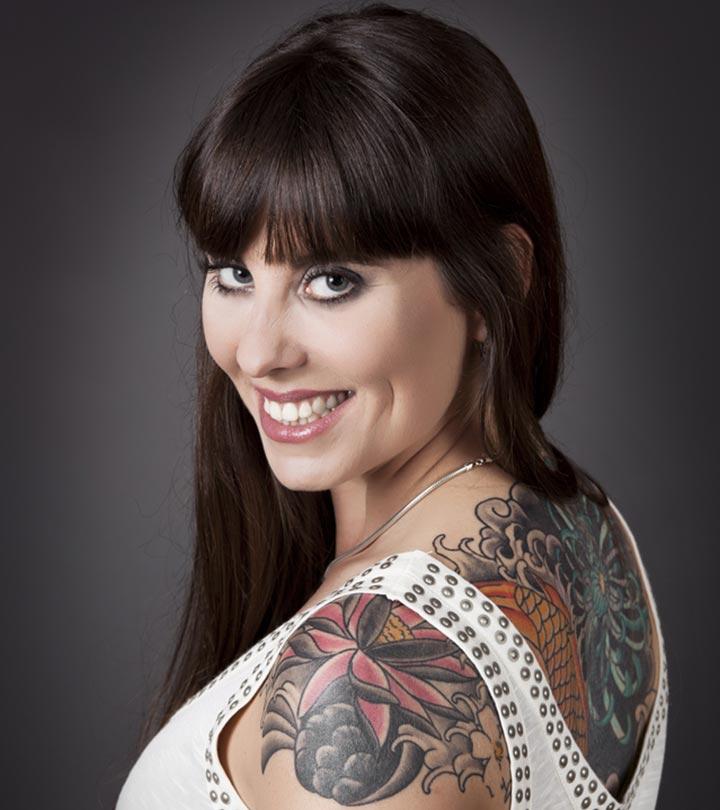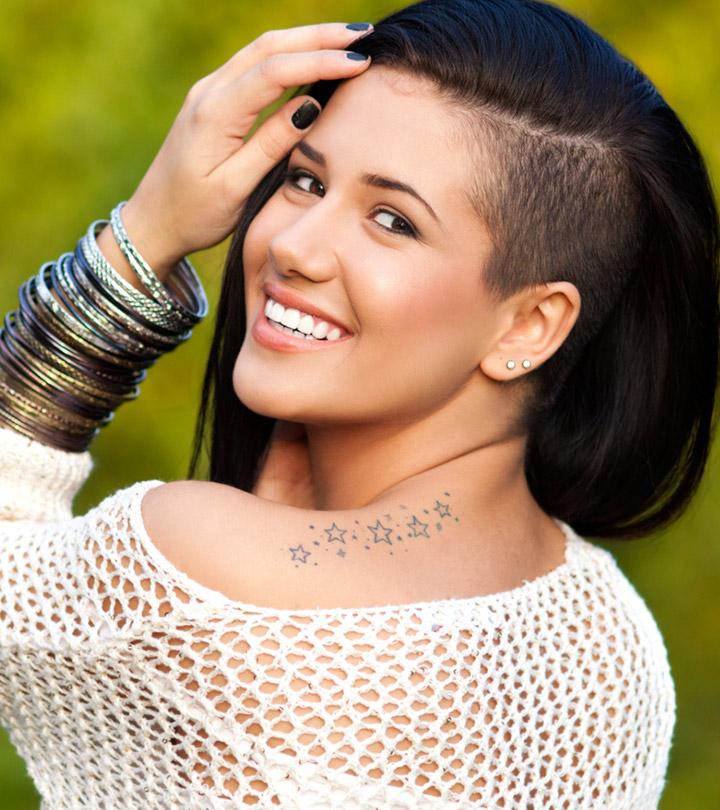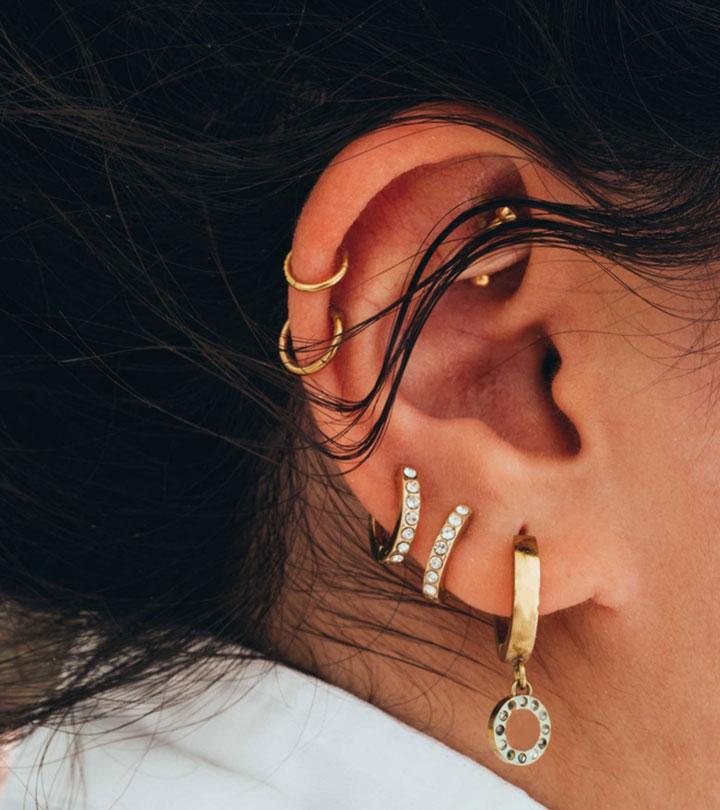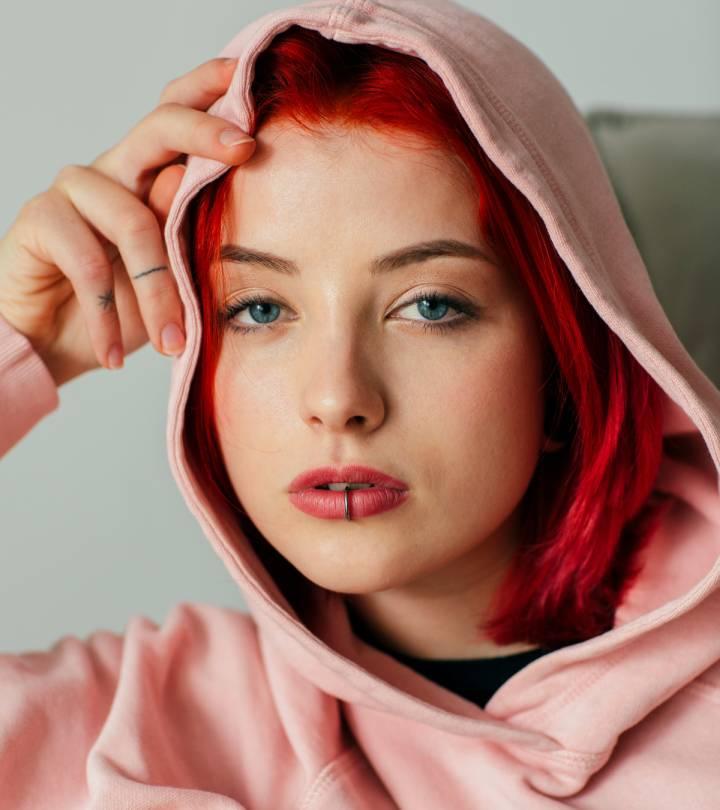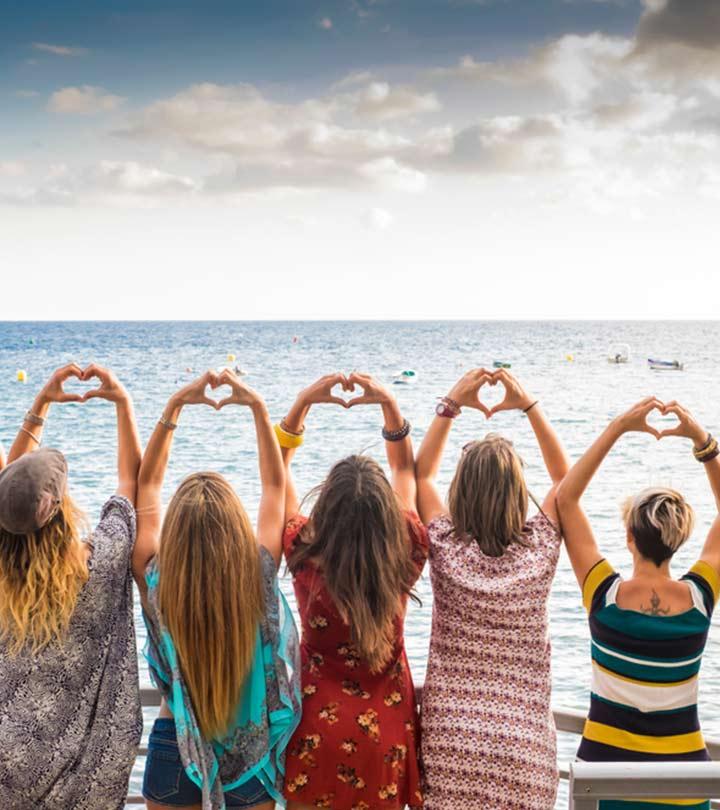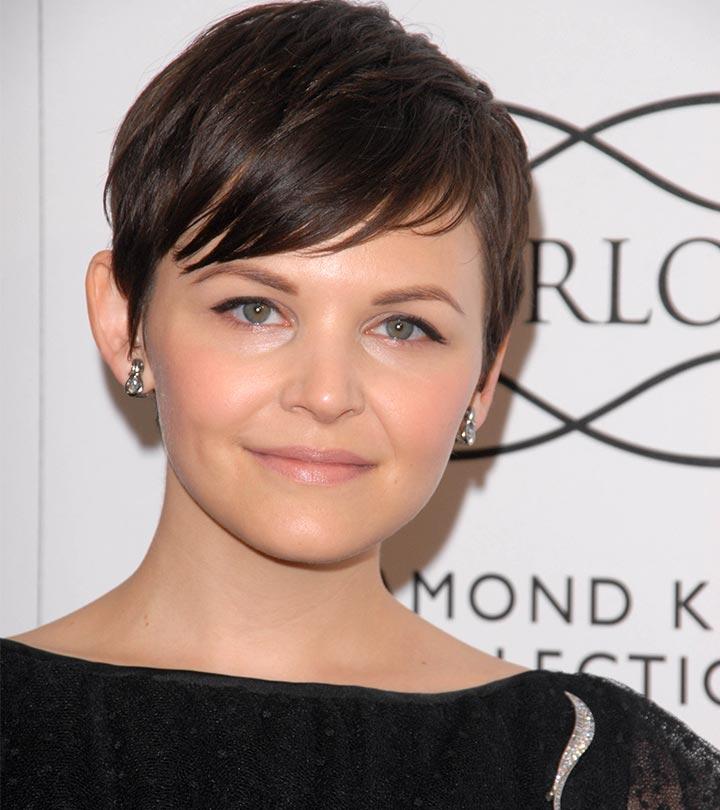How Leading Roles For Women In Bollywood Have Evolved Over The Years
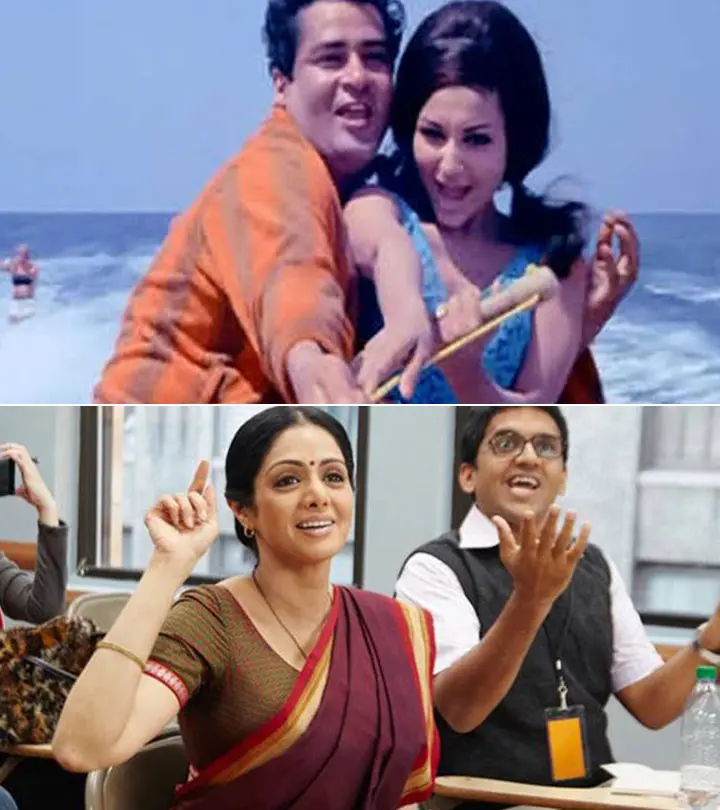
Many believe Indian cinema technically began 100 years ago with a black-and-white silent film, Raja Harischandra, in 1913. However, the term “Bollywood” wasn’t properly coined until many years later. Ironically, during those times women weren’t allowed to act and thus male actors would have to don the robes of women and play the part! An even bigger shocker is that movies in this era contained titillating scenes as well… but with straight men dressed as women. That’s a sight modern-day audiences wouldn’t be very eager to see. To find out more about how women entered Bollywood and changed the game, give this article a read.
When Did Women Enter Bollywood?
Given that Bollywood has always been a male-dominated industry, it’s no wonder that it took them a long time to start accepting that women too had a place in it. Until very recently, women were often typecast into pre-written roles like that of a whimpering damsel in distress, the villainous vamp, or the sacrificing mother. These characters often came across as one-dimensional and seemed to fit into a perfect mold; something that was far from the reality of the situation. One of the first women-centric movies to achieve mainstream fame was the movie Mother India that was released in the year 1957. The movie featured Nargis as the titular character but once again as they always did, placed her in the role of a sacrificing mother. However, it was a major step in the right direction at the time.
Another movie that was well ahead of its time was the movie, Bandini. The 1963 movie featured big names like Nutan, Dharmendra, and Ashok Kumar. It introduces the audience to a bright-eyed, intelligent young woman named Kalyani who is serving a life sentence for murder. We watch as her story unravels and reaches a climax where she has to choose between the dying man she loves and a man who loves her and wants to care for her. Although the movie did have the female in a done and dusted love triangle trope, her complicated nature and Nutan’s enigmatic portrayal of her character is what won audiences over in the end. In the 70s, Bollywood slowly started taking a turn for the better. We got to see more modern versions of the generic tropes. From Zeenat Aman’s modern and feminist portrayal of Jasleel in Hare Rama Hare Krishna to Sharmila Tagore’s bold bikini-donning avatar in An Evening In Paris. Through the 80s we were properly introduced to the legendary Sridevi when she acted in films like Chandni and Sadma. In both these films, the actress didn’t play into the damsel in distress narrative (which was a common trope during those days). After that, things got better and the industry started making changes and accepting that women too were complex characters.
Over the years, we’ve had some incredible female characters who’ve inspired women to be true to themselves. The 90s were mixed as there were films that showed women as damsels in distress again. Only this time they had degrees and jobs to back them up. Then came the early 2000s. Again, some of these roles were double-edged swords. In the 2000s, many Bollywood directors decided to attack the career woman. In Aitraaz, Priyanka Chopra plays a young and ambitious model who undergoes an abortion as she is unmarried and believes she is too young to settle down. Akshay Kumar’s character tries to pressurize her into marriage when he finds out she’s pregnant and eventually dumps her because he can’t handle a career woman. The “male” director of the film wanted to portray Akshay Kumar’s character as the victim, so they made Priyanka Chopra come back as a vile-gold-digging and still ambitious villain. She’s pitted against Kareena Kapoor’s more gharelu character.
When Women Started Making Waves In The Industry
Sure, we’ve come a long long way since cross-dressing male actors and mothers whose only goal in life was to cry for their children but it’s been a slow process. There is a very obvious disparity in number when it comes to gender in the film industry. Since there are a larger number of males involved in the writing process of female characters, we often tend to view these characters from their male gaze. Above all else, women have to be beautiful. And if not beautiful, they have to have some redeeming quality in them that makes them worth being the protagonist.
For every Queen and English Vinglish, there are also multiple Golmaal and Grand Masti films that just set us back decades in terms of modernity. In these films, women are there solely for the viewing pleasure of the male characters and hold very little ground when it comes to the actual story. We’re hoping that in the coming years, we’ll have more representation of women across films. What is your favorite woman-centric movie? Let us know your thoughts below.
Banner Image Credits: Times Of India , Financial Express

